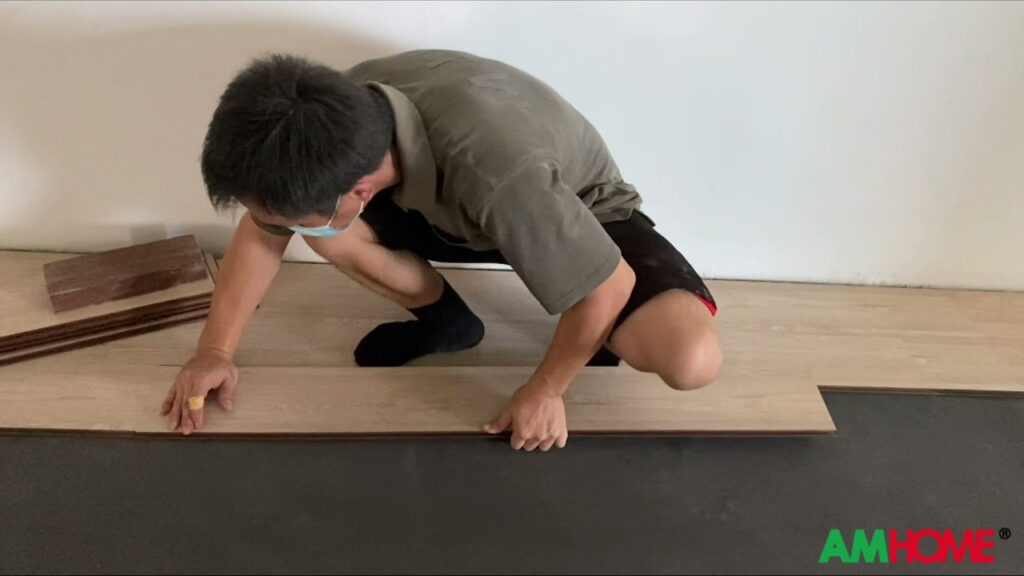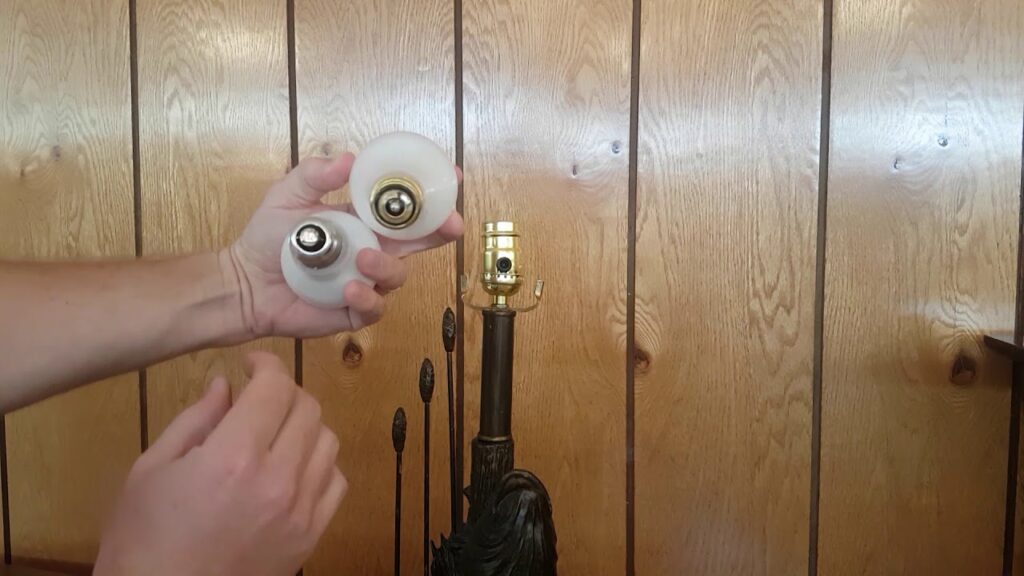Understanding Wall Studs
Wall studs are a crucial component of any building’s framework, providing support and stability for the walls. Understanding the function and importance of wall studs is essential for anyone involved in construction or renovation projects.
What are Wall Studs?
Wall studs are vertical framing members that form the structural backbone of a wall. Typically made of wood or metal, wall studs are spaced evenly apart and provide the framework to support the weight of the structure above, as well as any interior or exterior finishes.
Why Are Wall Studs Important?
Wall studs are essential for maintaining the structural integrity of a building. They serve as the anchor for various building elements, such as windows, doors, and cabinets. Additionally, they provide a solid foundation for attaching drywall or other wall finishes, ensuring a smooth and sturdy surface.
Identifying Wall Studs
Locating wall studs is crucial for hanging heavy objects or making modifications to the wall. While electronic stud finders are commonly used for this purpose, there are also traditional methods such as tapping the wall to listen for a solid, rather than hollow, sound. Once located, wall studs can be marked for reference during construction or renovation projects.
Types of Wall Framing
When it comes to building a structure, the type of wall framing used can have a significant impact on the overall strength and durability of the building. There are several types of wall framing commonly used in construction, each with its own unique characteristics and advantages.
1. Wood Stud Framing
Wood stud framing is one of the most common types of wall framing used in residential construction. It involves the use of wooden studs, typically 2×4 or 2×6 boards, which are arranged in a vertical pattern to create the framework for the walls. Wood stud framing is popular due to its affordability, ease of installation, and availability of materials.
2. Steel Framing
Steel framing is gaining popularity in both residential and commercial construction due to its strength and resistance to fire, rot, and pests. Steel studs are lightweight, durable, and dimensionally stable, making them a suitable choice for walls in areas prone to extreme weather conditions or high humidity.
3. Concrete Block Framing
Concrete block framing, also known as masonry construction, involves the use of hollow concrete blocks stacked and filled with rebar and concrete to create a strong and durable wall system. This type of framing is commonly used in regions susceptible to high winds and hurricanes, as it can provide excellent resistance to wind pressure and impact.
Locating Wall Studs
When it comes to hanging heavy objects on your walls, locating wall studs is crucial for ensuring that your items are securely anchored. Wall studs are the vertical wooden or metal supports within the wall that provide the strength and support needed to hold up heavy objects such as shelving units, large mirrors, or heavy artwork. There are several methods you can use to locate wall studs, and each has its own benefits and drawbacks.
One of the most common methods to find wall studs is by using a stud finder. This handheld device uses electronic sensors to detect changes in wall density, indicating the presence of a stud. Simply move the stud finder across the wall until you locate a stud, then mark its position. Another method involves using a magnet to find wall studs, as the nails or screws used to attach the wallboard to the studs will create a magnetic pull. Simply move the magnet along the wall until you feel the pull, indicating the location of the stud.
For those who prefer a more traditional approach, visually identifying the location of wall studs is also an option. Look for small indentations or bumps in the wall, which can indicate the presence of nails or screws used to attach the wallboard to the studs. Additionally, you can tap the wall with your knuckles and listen for a solid sound, indicating the presence of a stud. Whichever method you choose, accurately locating wall studs is essential for ensuring the stability and safety of the items you hang on your walls.
In summary, finding wall studs is a critical step in wall-mounting heavy objects securely. Whether you opt for a stud finder, a magnet, or traditional methods, taking the time to accurately locate wall studs will provide the necessary support for your wall-mounted items and ensure their durability.
Common Issues with Wall Studs
1. Warping and Bowing
One of the most common issues with wall studs is warping and bowing. This can occur due to improper installation, moisture exposure, or poor-quality lumber. When studs warp or bow, it can lead to problems with drywall installation and overall structural integrity. Inspecting wall studs for any signs of warping or bowing is crucial to prevent future issues.
2. Inconsistent Spacing
Inconsistent spacing between wall studs can lead to various problems, such as difficulty in hanging cabinets or shelves, uneven drywall installation, and challenges in securing fixtures and fittings to the wall. It’s important to ensure that wall studs are evenly spaced according to building codes and standards to avoid these issues.
3. Termite Damage
Termites can wreak havoc on wall studs, compromising the structural stability of a building. Inspecting for signs of termite damage, such as hollowed or weakened studs, is essential for preventing further deterioration. Addressing any termite infestations and replacing damaged studs is crucial to maintaining the strength and integrity of the wall structure.
Enhancing Wall Strength
Enhancing the strength of walls in a building is essential for ensuring its structural integrity and longevity. There are various methods and techniques that can be employed to achieve this, ranging from simple reinforcements to more advanced solutions. By understanding the different options available, builders and property owners can make informed decisions to enhance the durability of their walls.
One effective way to enhance wall strength is through the use of high-quality building materials. Utilizing robust materials such as reinforced concrete, steel beams, and durable masonry can significantly improve the structural strength of walls. These materials are designed to withstand a higher level of stress and pressure, thereby enhancing the overall resilience of the walls.
In addition to selecting the right building materials, incorporating proper wall reinforcement techniques is crucial. This may involve the use of steel or carbon fiber straps, wall anchors, or installing additional supports to distribute the weight and stress more effectively. By reinforcing weak spots and implementing proper load-bearing mechanisms, the walls can be fortified to withstand various external forces.
Furthermore, employing advanced engineering solutions like seismic retrofitting and adding bracing systems can further enhance the strength of walls, particularly in regions prone to seismic activities or extreme weather conditions. These measures are designed to improve the overall stability and resistance of the walls, offering enhanced protection against potential structural damage.


